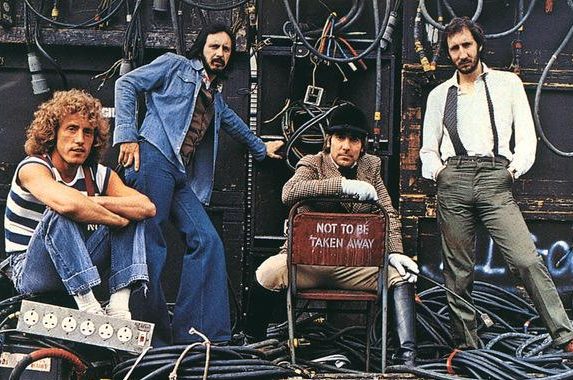Defining your brand with a theme is the first step to making it memorable. It starts with a single word.
The Toughest Question: “Who Are You?”
Your theme is the principle for which you stand. Coke stands for tradition. Harley Davidson stands for rebellion. Your theme should be easy, one or two words. Think of a few brands and see if you can say in a few words what they stand for. Here are some strong ones: Apple, Disney, and the New York Yankees. Now, here are some hard ones SnapChat, Six Flags, and the San Diego Padres. Sure, SnapChat, Six Flags, and the Padres are, for the most part, doing just fine commercially but they could be doing better.
Creating a theme is the first step to creating brand equity. Expressing a theme—what you stand for— creates an emotional connection. It gives the consumer a reason to root for you.
I once had a meeting with a startup in the financial sector that had just received an impressive amount of funding. Of the three people I met with, I asked them the same question, “What do you stand for?” No one could answer me and only one seemed embarrassed about this. To me this reflects “short term and cash out” thinking. These high level employees were not engaged with their company story, why should I be? Even their website was awash with stock photos that didn’t reflect the audience they wanted to pursue. The problem with most start-ups is that they don’t know what they stand for, except for making a lot of money… maybe. Take a look at this Inc. article about L.A.’s ten hottest startups. None have an immediately visible theme. The other element they have in common is that none of them are self-sufficient and dependent on VC capital.
Steve Jobs knew exactly what he stood for. If I was a VC, what a company stands for is the first thing I would want to know. If a startup doesn’t know, the meeting is short, I’m out, and it would free me up to pursue realistic potential players. Don’t give millions to people who are not emotionally invested in their own company. The wrong answer is “we can make you lots of money.” That may be true for the short term, but creating a narrative is long-term thinking. Even a good bookie knows what he stands for.
Find Your Theme
If you are just starting out, look at where you want to be and where you are. Your goal may be to be bought by Google, deliver quality goods, or to be etched in Mt. Rushmore.
Those are all noble pursuits, but measure it against where you are now. Look around your office or workspace for hints. Working off of a kitchen table or in garage means that you are innovative, inventive, or practical. Don’t get too caught up in an idea, the best ones are simple. Apple means innovation, Disney means magic and The Yankees mean excellence. Keep it simple and make your identity clear and memorable.
If you are still stuck start with one of these words and see where it takes you:
Sincerity
Excitement
Competence
Sophistication
Ruggedness
These are taken from a study that was conducted to find “The Big Five” brand personality dimensions. There is probably something here you can steal or build upon. But you should read the article.
Use Your Theme
Eureka! You have found your theme. Now you need to figure out a way to implement it. Your theme should embody every aspect of your brand. From the landing page to email blasts to business cards. If you have someone answering the phone, they should project your theme. A young brand that is really doing a nice job on this is Harry’s Razors. Go check them out and let me know what you think of their theme.
Now that you have a theme, you are taking the first step towards creating brand equity. The next step is creating your brand story and persona, the elements will shape the emotional, behavioral, and cognitive loyalties of your audience.
But for the time being, find your one word.
You can also find me at DavidEHoward.com
